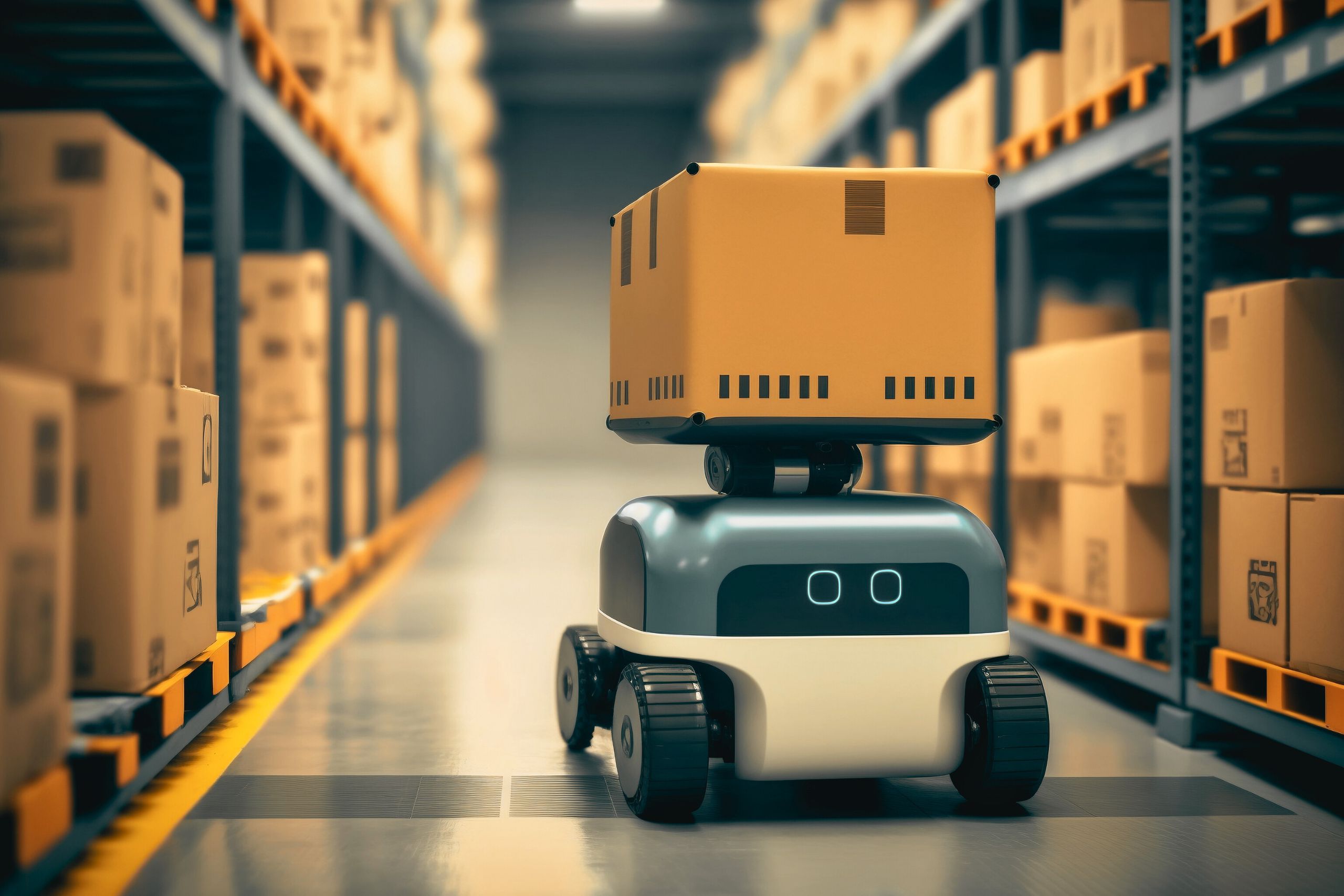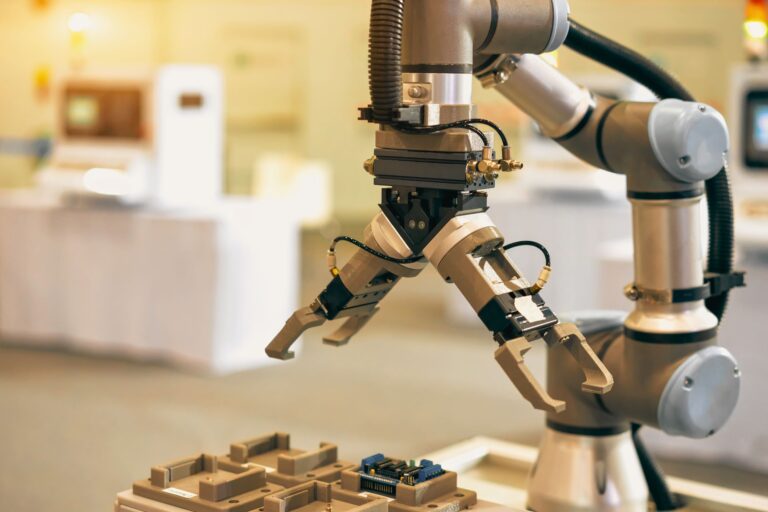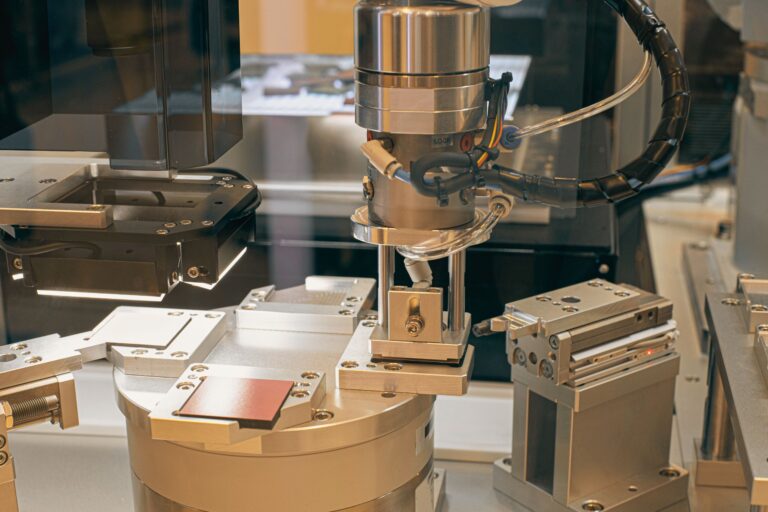Automated warehouse systems: Robots in logistics
Automation of warehouse processes is becoming a major driver of modern logistics. With increasing demands for speed, efficiency and precision in warehouse management, robots play a key role in optimizing operations. In this article, we will look at how automated warehouse systems improve logistics, what their advantages are and what the future holds for this sector.
How do automated warehouse systems work?
Automated warehouse systems use robots, artificial intelligence, and the Internet of Things (IoT) to manage warehouse processes. They include various technologies such as:
- Autonomous Mobile Robots (AMRs) – Robots that move freely in the warehouse environment, avoiding obstacles and delivering goods to specific locations.
- Automated Storage and Retrieval Systems (AS/RS) – Robotic racking systems that automatically find and transport pallets or containers.
- Conveyor systems – Automated belt and roller conveyors that speed up the movement of goods in the warehouse.
- Drones for inventory – In certain applications, drones are used to scan inventory and update warehouse systems in real time.
Advantages of robotic warehouse systems
- Faster order processing – Robots significantly reduce the time for picking, packing and shipping products.
- Reducing labor costs – Automation optimizes warehouse processes by reducing dependence on manual labor.
- Precision and error minimization – By using AI and sensors, human errors in inventory management are reduced.
- Optimal use of warehouse space – Robotic systems can organize goods more efficiently, increasing warehouse capacity.
- 24/7 operation – Robotic systems can operate 24/7, without the need for breaks, which increases efficiency.
- Safer working conditions – The risk of accidents related to lifting heavy loads or working in dangerous areas is reduced.
Robot applications in logistics
- E-commerce and distribution – Large companies like Amazon and Alibaba are using autonomous robots to collect and sort goods.
- Production warehouses – Industrial enterprises are implementing automated warehouse systems for managing raw materials and finished goods.
- Cold storage and pharmaceutical warehouses – Robots can operate in environments with extreme temperatures, making automation key in these sectors.
- Automotive industry – Auto parts logistics centers use robotic systems for precise inventory management.
The future of automated warehouses
As technology advances, robotic warehouse systems are expected to become even more intelligent and efficient. Key trends include:
- More advanced AI for logistics management – Machine learning algorithms will allow for more accurate demand forecasting and optimization of warehouse processes.
- Integration of 5G and IoT – Connected devices will enable faster and more reliable communication between robots and warehouse systems.
- Collaborative robotics – Cobots will work alongside humans to increase efficiency and flexibility in logistics.
- More sustainable and energy-efficient solutions – Developing more energy-efficient robotic systems will reduce the costs and carbon footprint of warehouse operations.
How does Bullitt Engineering apply these technologies?
At Bullitt Engineering JSC, we analyze and implement the latest solutions in the field of automated warehouse systems. By implementing intelligent robots and connected IoT technologies, we help businesses increase their efficiency, reduce costs, and optimize warehouse processes.
Conclusion
Robotic warehouse systems are transforming logistics by providing higher efficiency, lower costs and better flexibility in managing warehouse processes. Investment in automation and the implementation of robots in logistics will remain leading factors for the sustainable development of the industry in the coming years.







